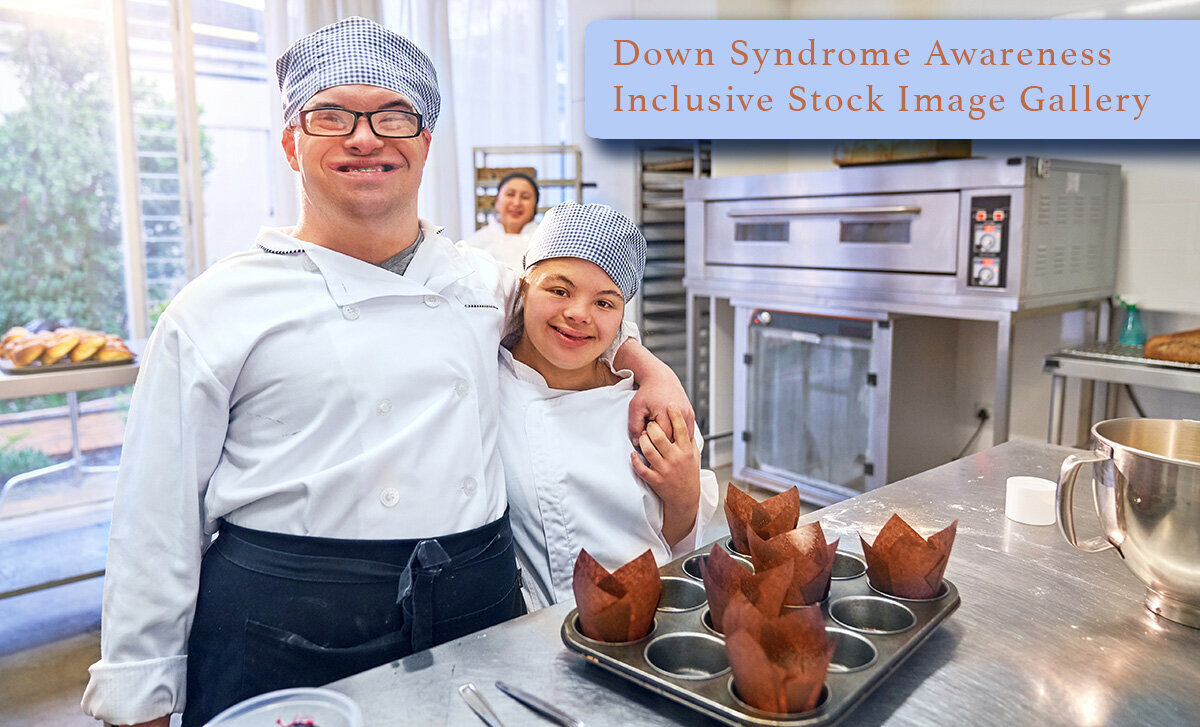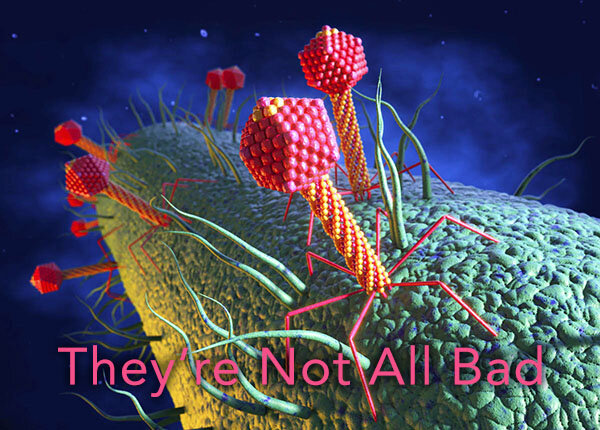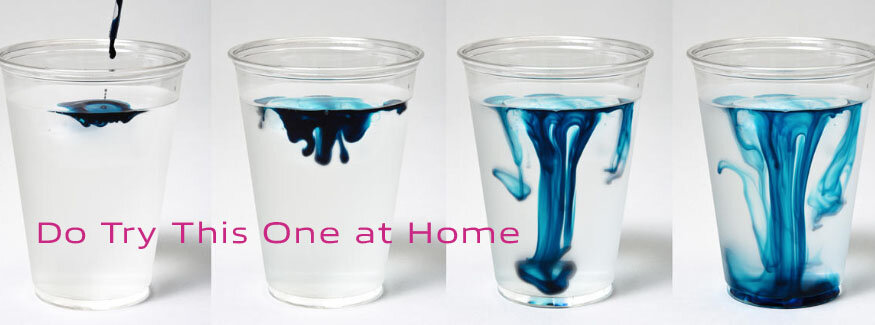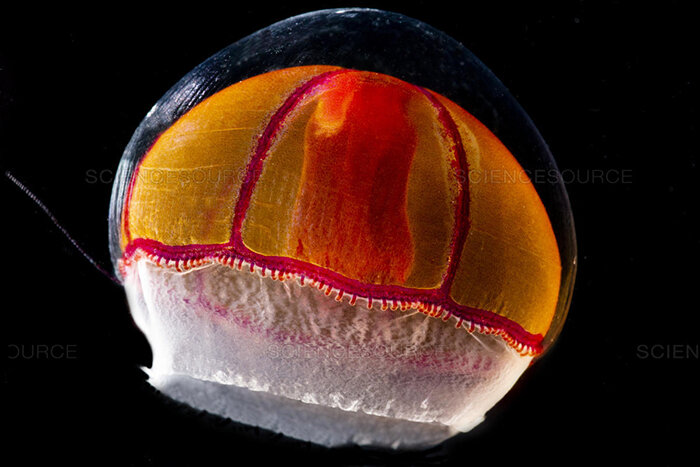As people put up Christmas trees and decorate their homes, it’s easy to believe these traditions have been around since year one, but Christmas and the holidays surrounding December 25th have taken many forms.
The origin of Christmas comes from three sources: it is the date of the winter solstice on the Roman calendar, it is about nine months from the vernal equinox (March 25th) and it is the date set for the birth of Christ.
Before Christendom the Roman Empire celebrated Saturnalia, a holiday honoring the Roman god, Saturn, the farther of Jupiter. During Saturnalia social customs were flipped upside down. Slaves ate at their master’s tables, women flirted with men and gambling became legal. Saturnalia also involved public banquets and gift giving, which may have influenced later Christian traditions. There were even reports of naked caroling!
Origins of Christmas stock Image Gallery
The Christmas tree has its origins in 16th century Germany. While writing a sermon at night in a starry evergreen forest, the Protestant Christian reformer, Martin Luther, is said to have added lighted candles to a tree and put it into his house. Other Protestant Germans followed suit and the tradition spread. By the second half of the 19th century, the tradition had moved beyond Germany, first among the upper classes and eventually into lower areas of society.
While you are making your shopping rounds this holiday season, attending religious services or making time to be with family, reflect on the long history behind the season.
Be sure to check out our great holiday gifts below and click the links above to see more historical images of the origins of Christmas. From all of us from Science Source, we’d like to wish you a Merry Christmas and a safe and happy holiday season!
Christmas cards, prints, masks, and other gifts







































